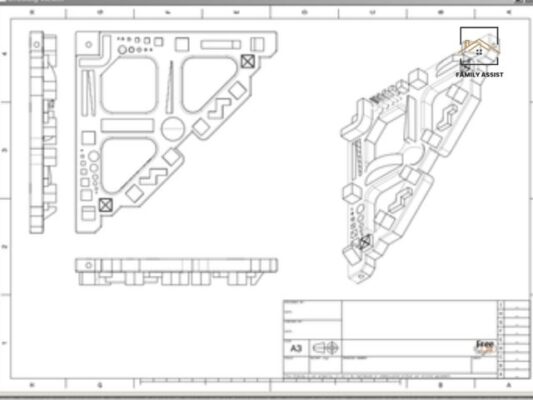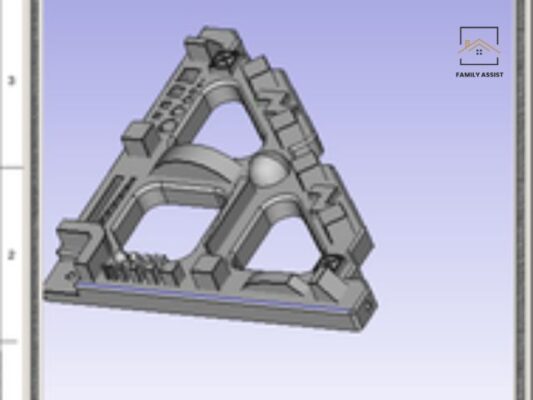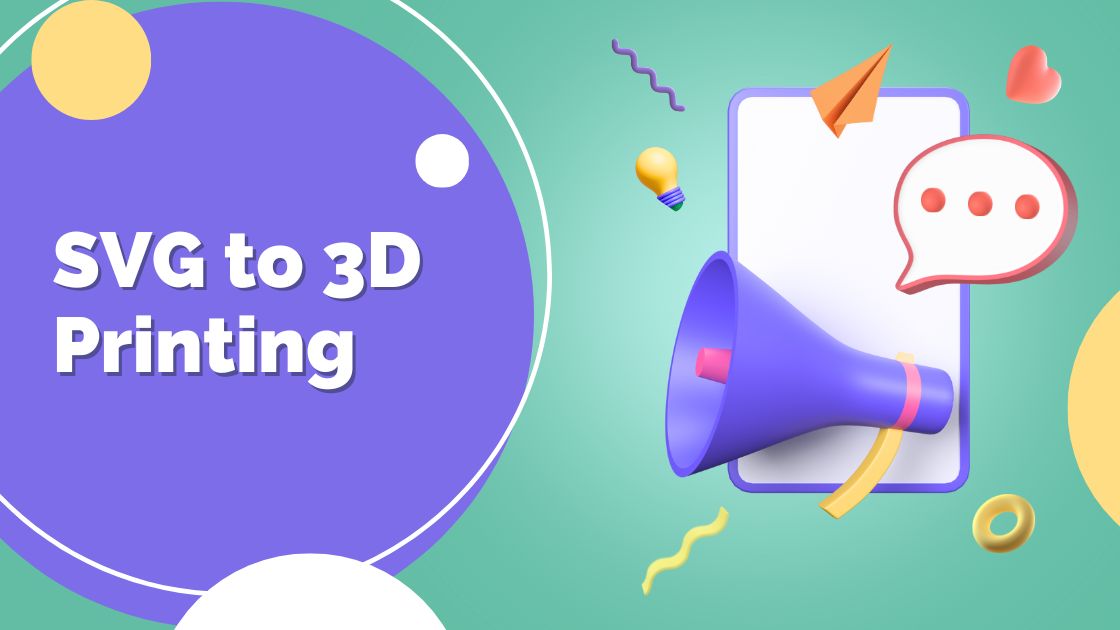With the advancement of technology, the fusion of digital design and physical creation has become more accessible than ever. One such exciting venture is the transformation of SVG (Scalable Vector Graphics) files into 3D printed objects. This innovative process bridges the gap between the virtual and physical worlds, offering endless opportunities for creative expression and craftsmanship. In this guide, we’ll delve into the steps involved in harnessing the potential of SVG files for 3D printing, unlocking a realm of artistic possibilities.
Contents
The Tools
Inkscape
An open-source vector graphics editor that allows you to create and manipulate SVG files.

FreeCAD
A powerful parametric 3D modeling software for designing objects that can be 3D printed.

SVG to 3D Printing
Creating the SVG File
- Start by designing your 2D shape in Inkscape. You can draw custom shapes, import existing SVGs, or even convert bitmap images to vectors.
- Ensure that your SVG is clean and well-defined, as it will serve as the foundation for the 3D model.

Importing SVG into FreeCAD
- Open FreeCAD and create a new document.
- Use the “Part” workbench to import your SVG file. This will create a sketch based on the SVG’s paths and curves.
- Extrude the sketch to give it depth and turn it into a 3D shape.

Adjusting Parameters
- In FreeCAD, you can modify the extrusion depth, add fillets, chamfers, and other features.
- Experiment with different settings to achieve the desired 3D form.
Exporting for 3D Printing
- Once you’re satisfied with your design, export it as an STL (Standard Tessellation Language) file.
- Load the STL into your preferred slicer software (such as Cura or PrusaSlicer) to generate the G-code for your 3D printer.
Printing the Object
- Load the G-code onto your 3D printer and start the printing process.
- Watch as your 2D concept transforms into a tangible 3D creation layer by layer.
Conclusion
In conclusion, the conversion of SVG files to 3D printed objects represents a dynamic convergence of digital design and tangible creation. Through this process, creators can transform intricate designs into physical reality, opening up new avenues for artistic expression and innovation. By following the steps outlined in this guide, individuals can unlock the full potential of SVG files, bringing their ideas to life in the form of stunning 3D printed creations. As technology continues to evolve, the possibilities for merging digital artistry with physical fabrication are limitless, promising an exciting future for makers and creators alike.
Related Post
Elevate Your Space: 7 Anime Room Decor Ideas
Top 10 Photoshop Portraits Actions
Digital Art Experience: Make a Digital Collage

